Scientist of the Day - Arthur Holmes
Arthur Holmes, an English geologist, was born Jan. 14, 1890. He entered college in London in 1907, the very year that an American chemist, Bertram Boltwood, suggested that the decay of uranium into lead might be used as the basis for a clock to measure the age of rocks. By his senior year, Holmes was hard at work, trying to measure the age of a rock from Norway that came from a Devonian formation. Everyone knew that Devonian rocks were younger than Cambrian rocks and older that Permian rocks. But no one know how old the Devonian system was in years. The Scots physicist Lord Kelvin had determined, back in 1863, that the earth itself could be no older than 100 million years old, and this date was still generally accepted in Holmes’ day. So all rocks would presumably be much younger than this. To date his rock, Holmes had to chemically separate the uranium and the lead from the minerals, and weigh each element, an extremely arduous task. Since uranium turns into lead over time, the more lead in the sample, the older it would be. In 1911, Holmes announced that his rock was 370 million years old, and that, consequently, the earth itself must be 1.5 to 2 billion years old, 20 times older than Kelvin’s earth. His date for the rock was right on the money, and his estimated age for the earth was a little less than half of the age we now recognize: 4.55 billion years. And Holmes had yet to graduate from college! Quite an amazing feat for a 21-year old!
In 1913, Holmes published a little book, The Age of the Earth, in which he discussed his dating of the Norwegian rock and presented a graph of the age of rocks that projected that the earth was at least 1600 million years old, marking the beginning of the end for Kelvin’s 100 million year-old earth. The images above, except for the portrait, are all from our copy of this book, and include the page with the 370 million-year-old rock, and the graph.
Dr. William B. Ashworth, Jr., Consultant for the History of Science, Linda Hall Library and Associate Professor, Department of History, University of Missouri-Kansas City. Comments or corrections are welcome; please direct to ashworthw@umkc.edu.

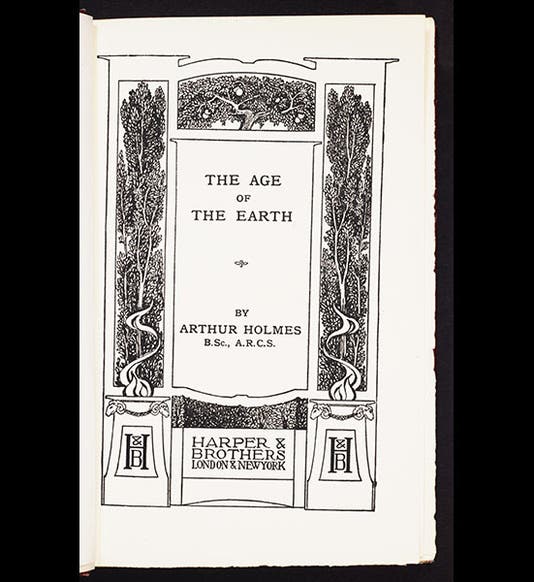
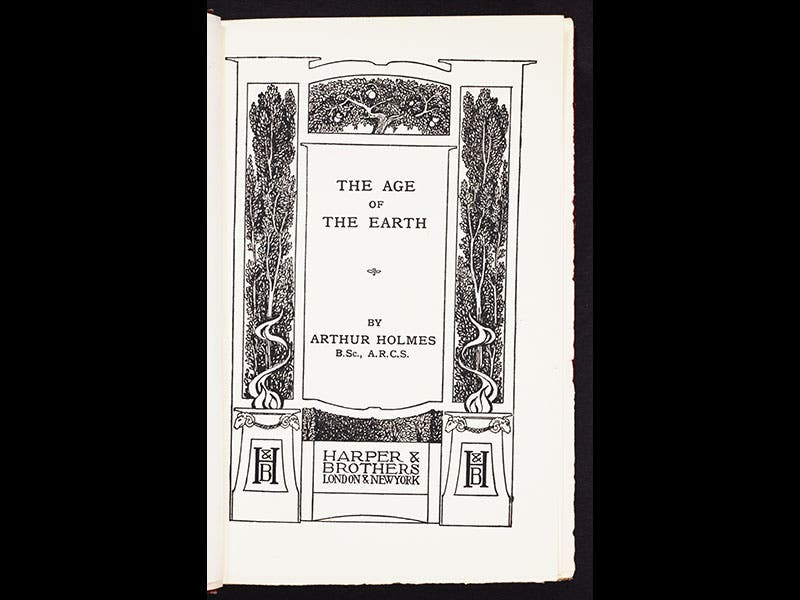
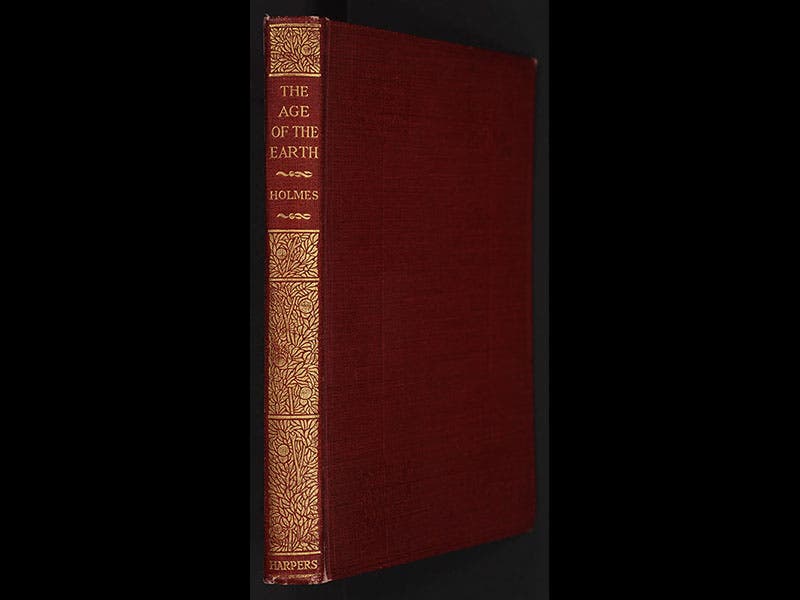

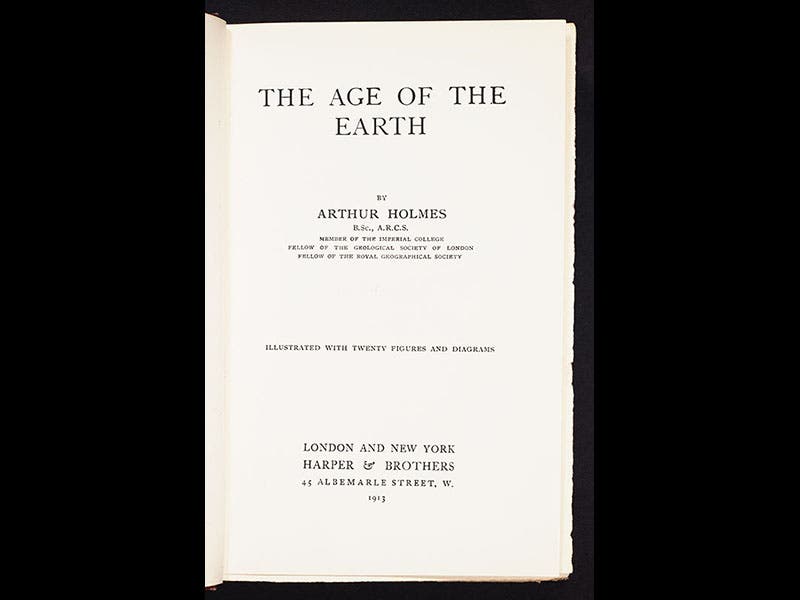
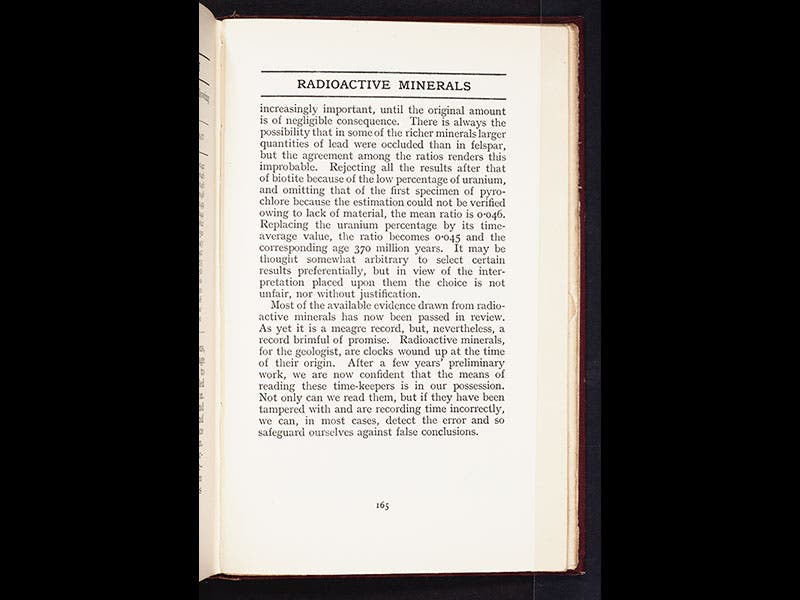
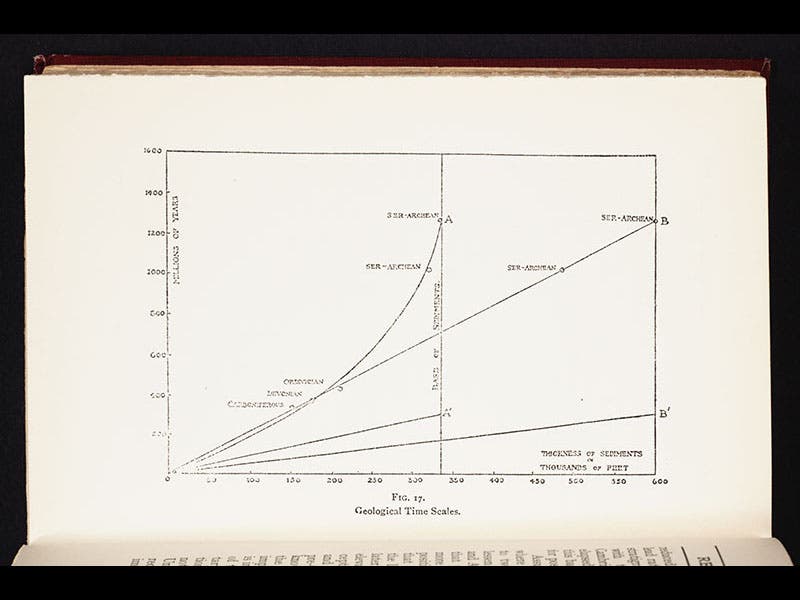


![Using an astrolabe to measure the depth of a well, woodcut in Elucidatio fabricae vsusq[ue] astrolabii, by Johannes Stöffler, 1513 (Linda Hall Library)](https://preview-assets-us-01.kc-usercontent.com:443/9dd25524-761a-000d-d79f-86a5086d4774/a998eb50-55d2-4a88-ace2-a50aa5fa86e7/Stoffler%201.jpg?w=210&h=210&auto=format&fit=crop)

